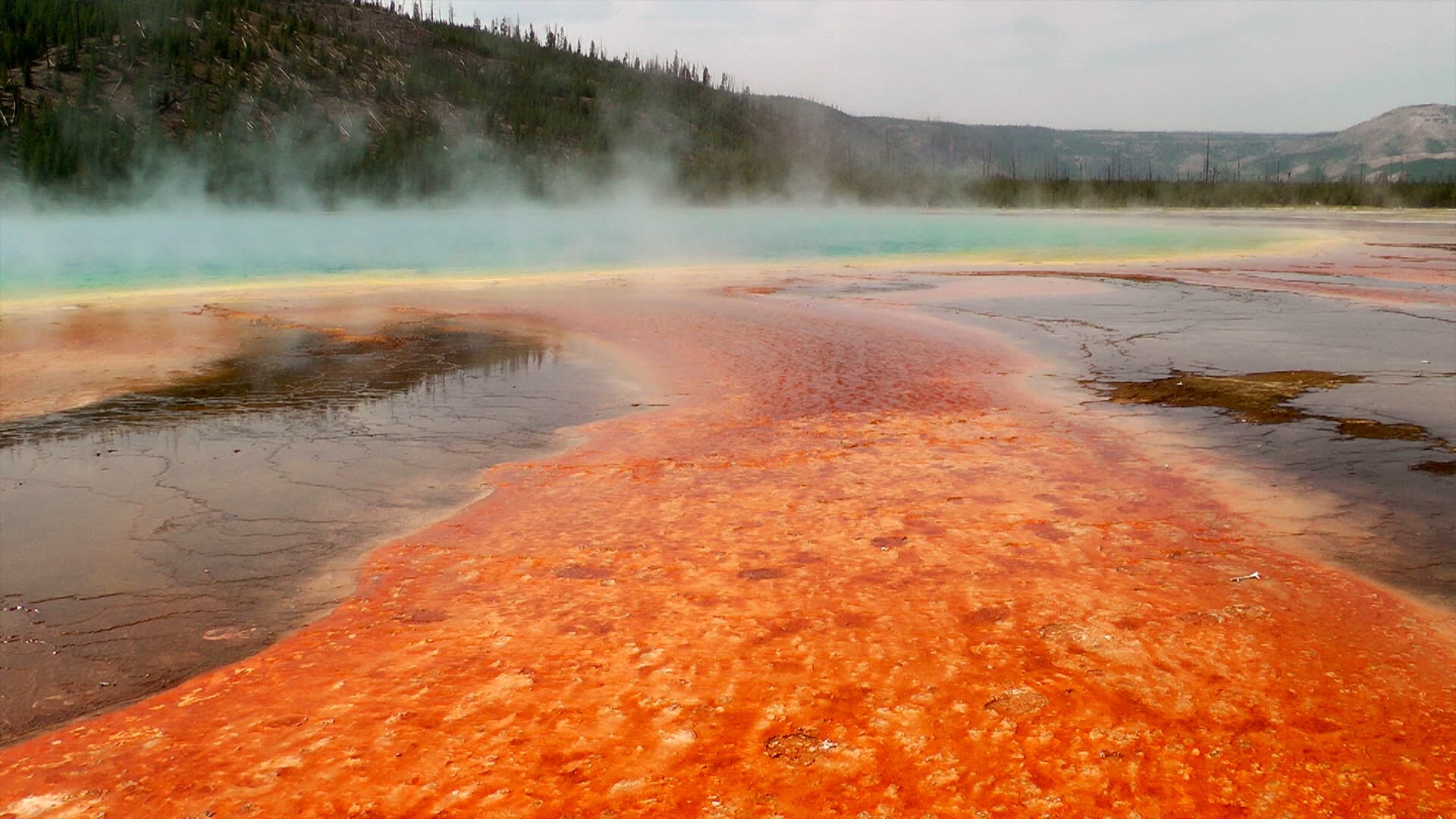UkNorthampton
TSLA - 12+ startups in 1
Just produce 20 times the power - export, cheap power for residents, encourage new industriesYeah but wind employs ~90% fewer people per MWh. What good is that?
You can install our site as a web app on your iOS device by utilizing the Add to Home Screen feature in Safari. Please see this thread for more details on this.
Note: This feature may not be available in some browsers.
Just produce 20 times the power - export, cheap power for residents, encourage new industriesYeah but wind employs ~90% fewer people per MWh. What good is that?
Just produce 20 times the power - export, cheap power for residents, encourage new industries

Pretty sure wind is still cheaper than geo, from a first principle approach- nowhere near the scale of wind (even in areas with both resources such as CA) and it usually runs full out even though in theory it should be able to ramp (maximize large capital investment by earning maximum return).
Cheap wind in the evening would likely find a buyer…
Coal though, is done.
Well, you say ridiculously expensive, but the EIA reports pipelined geothermal's unsubsidized LCOE as below $40/MWh and basically matching CCGT, so it's apparently not _that_ expensive, and is dispatchable.Coal, Geo, Nuclear and Solar thermal like Ivanpah all have the same problem. Heat. It's ridiculously expensive and absurdly inefficient to convert heat into electricity. Anything that needs to use heat as an intermediate step is a non-starter. Like you said. First principles.
Well, you say ridiculously expensive, but the EIA reports pipelined geothermal's unsubsidized LCOE as below $40/MWh and basically matching CCGT, so it's apparently not _that_ expensive, and is dispatchable.
I think water use is the bigger challenge.
That's also likely with a CF of ~90%. And if you need a CF of ~90% to be remotely cost effective you're not really 'dispatchable'. Dispatchable resources need to be cheap enough to sit idle for weeks or months until needed.
Well, 90% CF is not a bad thing as long as it's controllable to further support solar and wind.
It is if it's required to be viable. If a 1GW plant NEEDS to sell ~8,000GWh/yr to pay the bills. That's... that's a problem.
I have 11 kw of solar plus 20 kWh of battery backup and wish I had more. I can heat or cool my living space of my home solely with solar and battery if need be. I use NatGas now for some heating, but I certainly don't need it and am thinking of turning it off more and more often.Good luck heating your home if natural gas gets difficult to procure.
I have 11 kw of solar plus 20 kWh of battery backup and wish I had more. I can heat or cool my living space of my home solely with solar and battery if need be. I use NatGas now for some heating, but I certainly don't need it and am thinking of turning it off more and more often.
It's not luck. It's smart planning. Easily do-able a little at a time. If NatGas became "difficult to procure", I think we'd survive quite nicely, thank you. Might use Tesla's free supercharging if on a trip, though.
Yeah, 90% is quite high but if that means an average of 2.4 hours a day. That could be 12-3pm each day. I guess until we find cheaper long term storage, this will have to do.
Certainly a generous CF estimate, but not that generous. Current average capacity factor for geothermal is 74.3%.That's also likely with a CF of ~90%. And if you need a CF of ~90% to be remotely cost effective you're not really 'dispatchable'. Dispatchable resources need to be cheap enough to sit idle for weeks or months until needed.
But why would it have to be idled? There's a chunk of steady demand, so the only economic reason not to use it is if there's already a cheaper combination of renewables, storage and NG peaker that can handle the same job. If that's the case, we're already done.
If you're curtailing generation you're curtailing generation. It's irrelevant whether it's curtailed due to lack to demand or because there's another generator meeting that demand. If it's not idle then it's not able to support wind and solar when needed. You still need another generator available to pick up if solar or wind drops off. 'Base load' generators that NEED to always to be operating to pay the bills increase the cost of the transition because they increase the curtailment of intermittent sources. Needing to pay ~$300M/yr per GW decreases flexibility.
Base load makes the Blue Pills feel more comfortable with renewables. LOL
If you're curtailing generation you're curtailing generation. It's irrelevant whether it's curtailed due to lack to demand or because there's another generator meeting that demand. If it's not idle then it's not able to support wind and solar when needed. You still need another generator available to pick up if solar or wind drops off. 'Base load' generators that NEED to always to be operating to pay the bills increase the cost of the transition because they increase the curtailment of intermittent sources. Needing to pay ~$300M/yr per GW decreases flexibility.
why do you care so much about idling it?


